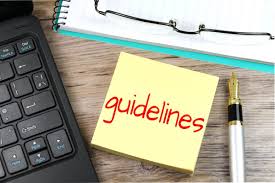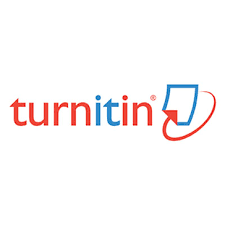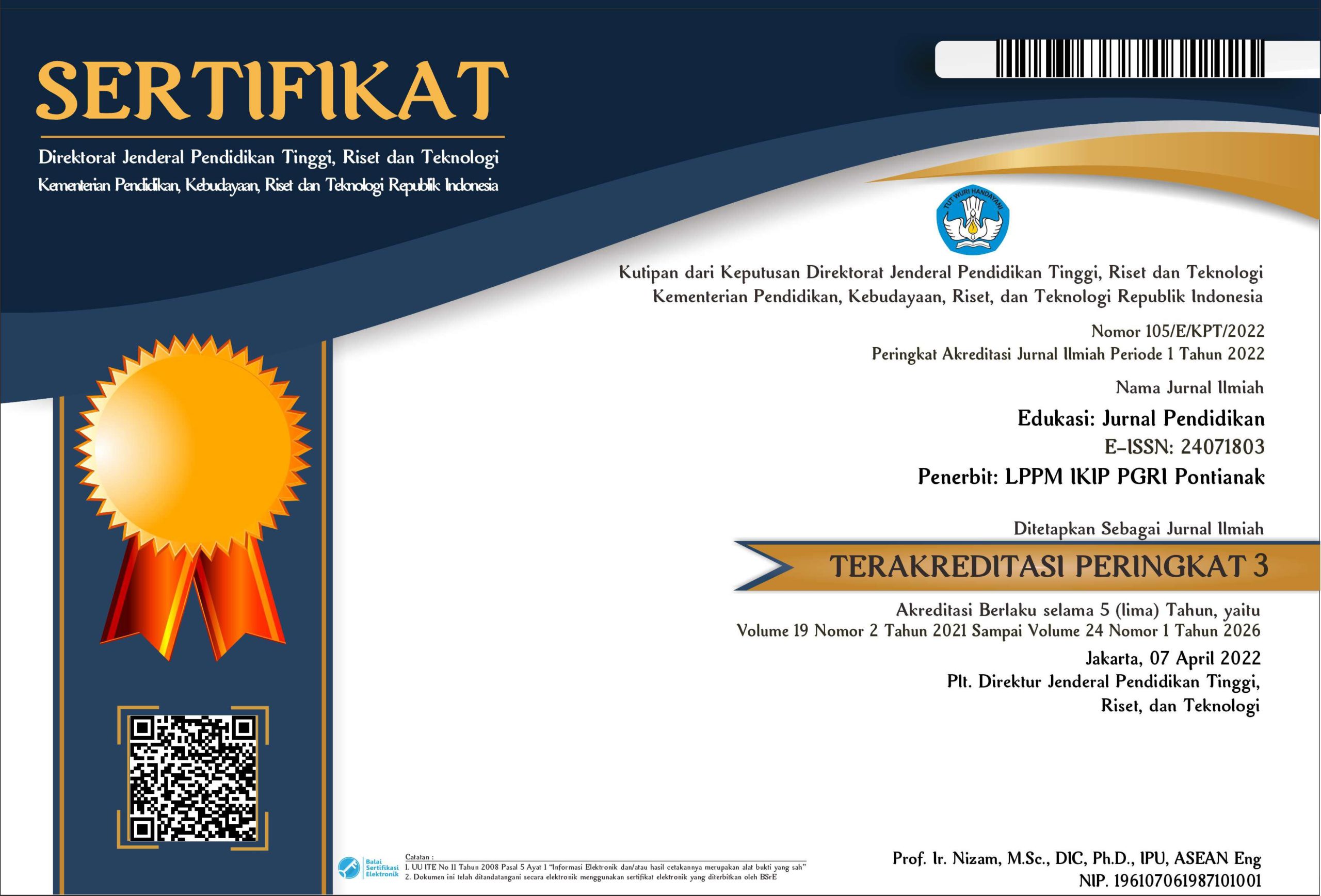Kelayakan Buku Ajar Mata Kuliah Pembelajaran IPA SD bagi Mahasiswa PGSD
DOI:
https://doi.org/10.31571/edukasi.v16i2.943Keywords:
buku ajar, pembelajaran IPA, mahasiswa, PGSD, textbook, Science Learning, college studentsAbstract
Abstrak
Penelitian bertujuan mengetahui kelayakan dan efektivitas buku ajar pembelajaran IPA SD untuk mahasiswa PGSD. Indikator kelayakan pakar Pembelajaran; isi, penyajian, dan kebahasaan. Indikator kelayakan pakar media; ukuran buku ajar, desain cover, dan desain isi. Indikator kelayakan dosen adalah kejelasan, kesesuaian dengan kurikulum, keutuhan penerimaan, pengaruh produk, ketepatan waktu dan kepraktisan. Tahapan penelitian R&D; studi pendahuluan, perancangan produk, validasi pakar, implementasi produk dan sosialisasi. Alat pengumpul data; angket, soal tes, dan dokumentasi. Data kualitatif dianalisis dengan hitungan persentase. Data kuantitatif diujiprasyaratkan dan uji hipotesis. Hasil menunjukkan produk sangat baik (96,1), penilaian dari pengguna buku sangat baik (90,1). Hasil implementasi menunjukkan sebaran data normal dan tidak homogen. Sehingga uji hipotesis menggunakan uji non parametrik diperoleh nilai p-level (0.000) < alpha artinya ada pengaruh penggunaan produk terhadap hasil belajar. Rata-rata hasil belajar sangat baik (95,31). Kesimpulannya bahwa buku ajar mata kuliah pembelajaran IPA di SD sudah layak dan efektif untuk diimplementasikan.Â
Â
Abstract
The aim of the study was to assess the feasibility of textbooks for science learning course in Primary schools for college students in the PGSD. Indicators of feasibility by science learning are content, presentation and language. Feasibility indicators by media experts are the size of textbooks, cover design and content design. Feasibility indicators for lecturer were clarity, suitability with the curriculum, integrity of acceptance, product influence, timeliness and practicality. The research stages of R&D were preliminary studies, product design, experts validation, product implementation and product socialization. Instrument for data collection were questionnaires, test and documentation. Qualitative data was analyzed by percentage and quantitative data would be tested and hypothesis tested. The results of the study showed that the experts assessment of the product was in very good (96.1), the assessment of the lecturer and college students as users of the textbook was very good (90.1). the results of product implementation show normal and not homogeneous data distribution. So that the hypothesis test uses the non-parametric and obtained the p-level (0.000) <alpha, this means that there is an influence of product use on learning outcomes. The average score of the learning outcomes was in very good (95.31). The conclusion is that the textbooks of science learning courses in primary schools are feasible to be implemented and used.Â
Downloads
Downloads
Published
How to Cite
Issue
Section
License
Authors who publish in this journal agree to the following terms:
- Authors retain copyright and grant the journal the right of first publication with the work simultaneously licensed under a Creative Commons Attribution License (CC-BY-NC) that allows others to share the work with an acknowledgment of the work's authorship and initial publication in this journal.
- Authors are able to enter into separate, additional contractual arrangements for the non-exclusive distribution of the journal's published version of the work (e.g., post it to an institutional repository or publish it in a book), with an acknowledgment of its initial publication in this journal.
- Authors are permitted and encouraged to post their work online (e.g., in institutional repositories or on their website) prior to and during the submission process, as it can lead to productive exchanges, as well as earlier and greater citation of published work.

 Download: 1013
Download: 1013


















